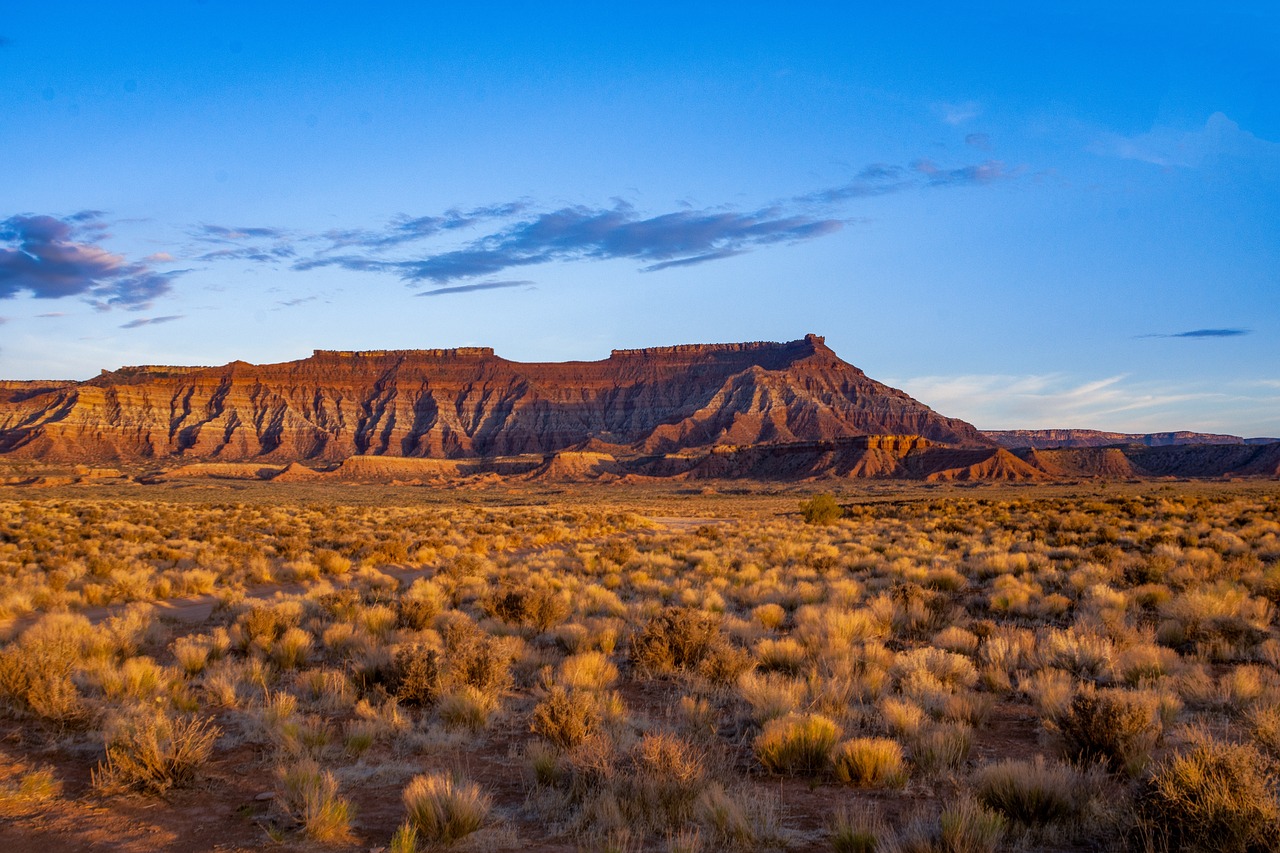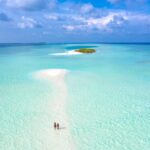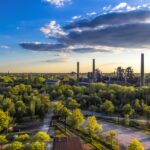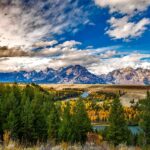Quick Bits:
Badlands National Park spans 244,000 acres in South Dakota, showcasing a vast expanse of eroded rock formations and rolling prairies. It is home to diverse wildlife, including bison, bighorn sheep, and prairie dogs. The park holds a rich history, with fossil beds dating back millions of years, providing a glimpse into prehistoric life. Open year-round, the park offers changing seasonal landscapes that enhance its rugged beauty.
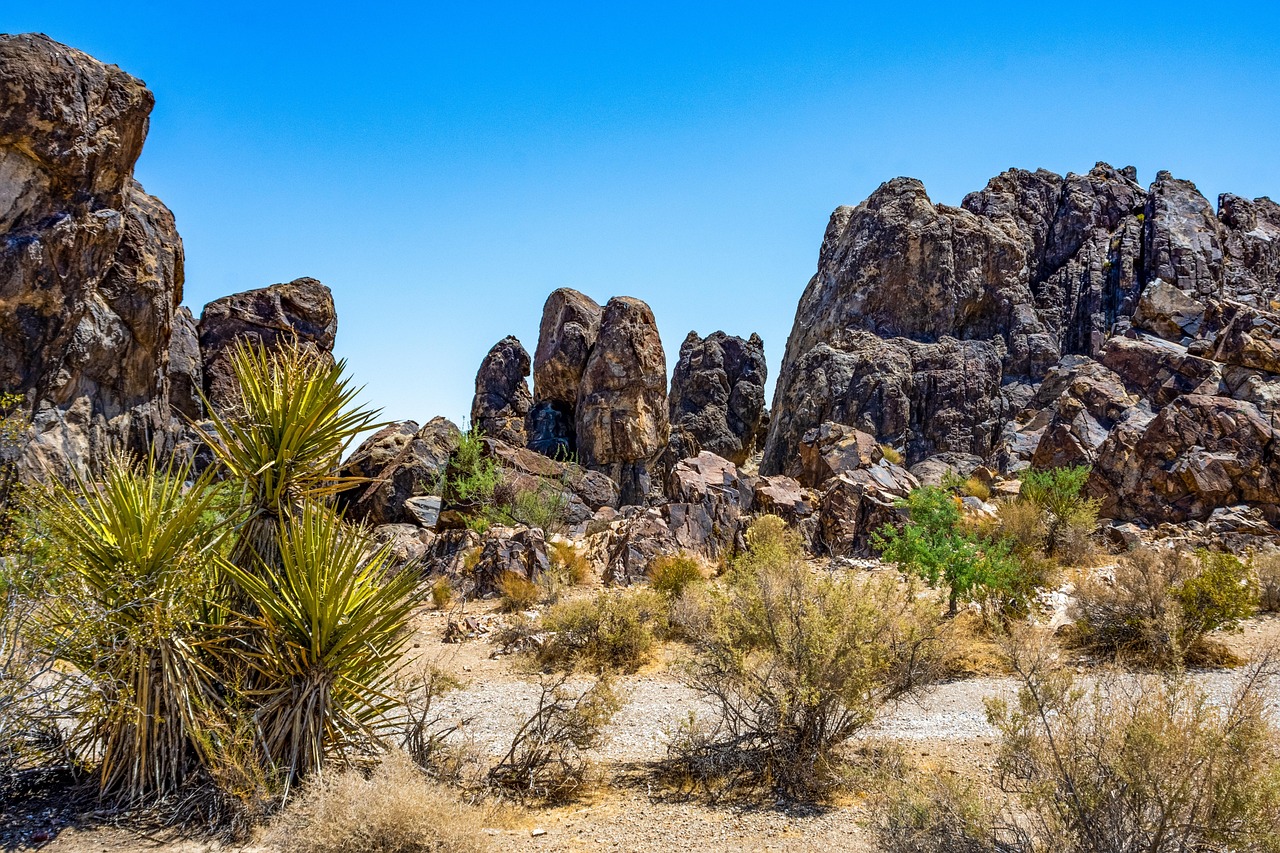
Key Highlights
- Unique Geology: Towering spires, deep canyons, and layered rock formations.
-
Wildlife Viewing: A stronghold for North American prairie creatures.
-
Paleontology Hotspot: One of the richest fossil beds in the world.
-
Scenic Drives: The Badlands Loop Road offers breathtaking vistas.
-
Hiking Trails: Trails range from easy boardwalks to rugged paths.
-
Dark Skies: A stargazing paradise away from city lights.
General Information
Badlands National Park sits in southwestern South Dakota. It showcases some of the most striking landscapes in the country. Layers of sedimentary rock paint a picture of prehistoric life. The park protects fossilized remains of ancient horses, rhinos, and marine creatures. Today, its mixed-grass prairie is home to some of the most iconic wildlife of the Great Plains. Visitors can explore hiking trails, drive scenic routes, and experience an unspoiled night sky.
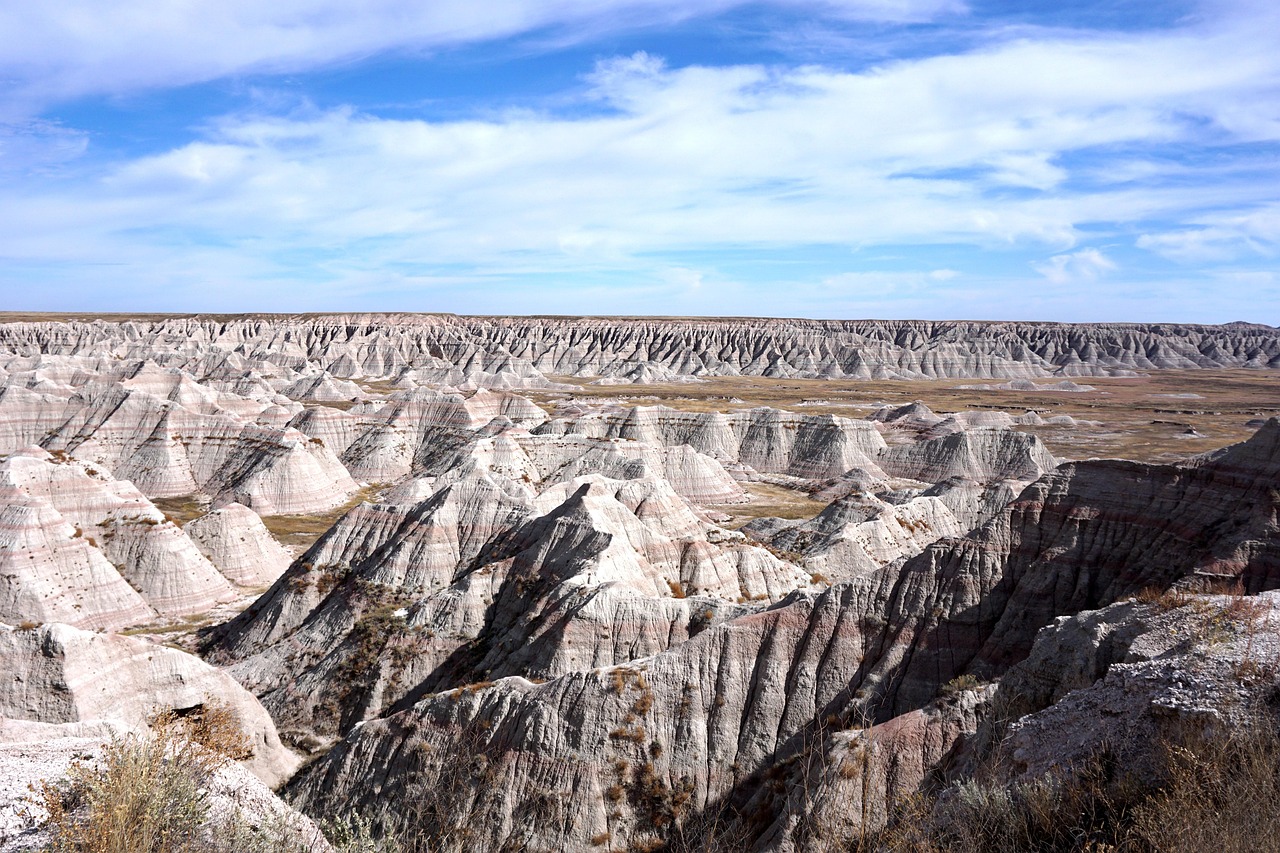
Geography Information
The park’s rugged formations come from millions of years of erosion. Wind and water carved out steep canyons, pinnacles, and spires. The White River Badlands form the park’s heart, creating a maze of layered rock. This geological wonder contrasts with rolling prairies that stretch beyond the rocky formations. The region experiences strong winds and extreme temperature shifts.
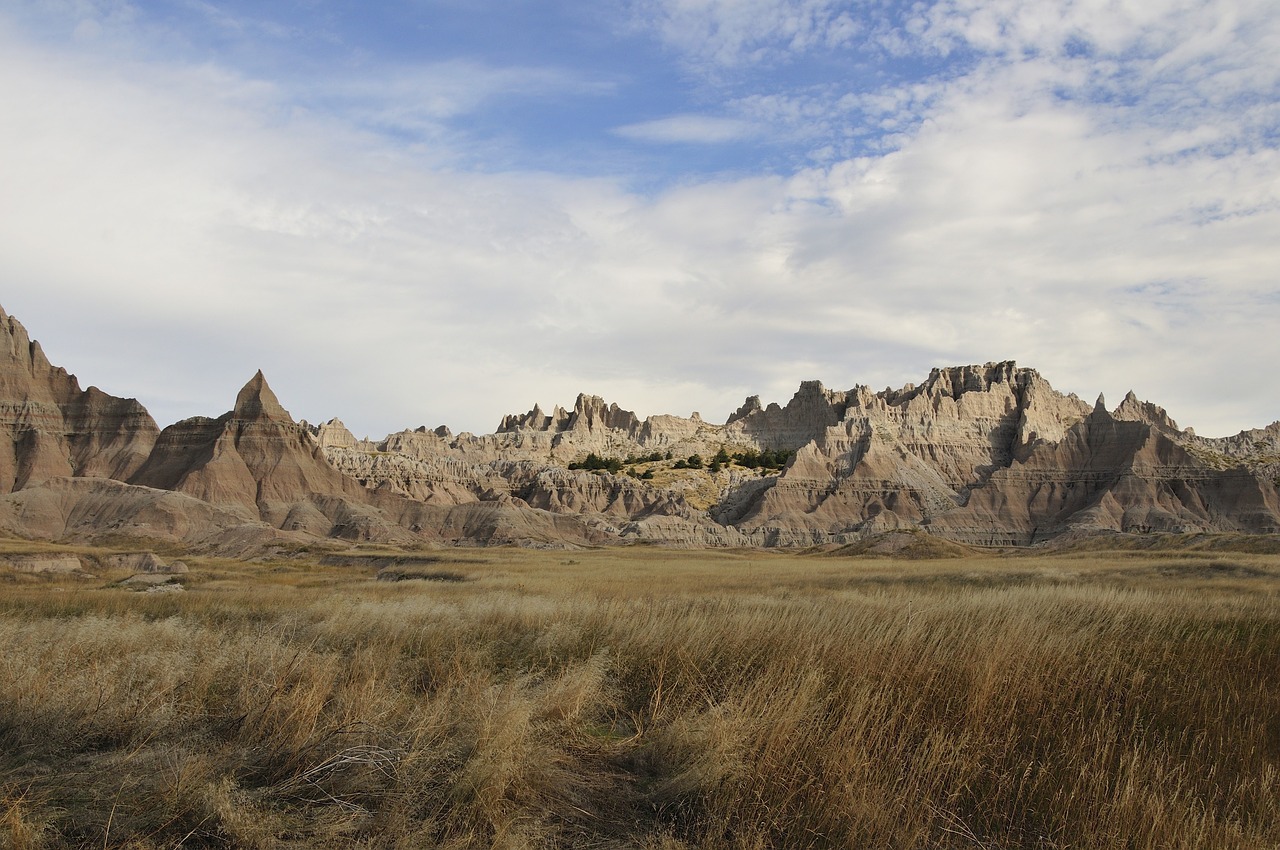
Places to Visit
1. Badlands Loop Road
A 39-mile scenic drive featuring stunning overlooks and trail access points. Popular stops include Big Badlands Overlook, Pinnacles Overlook, and Burns Basin Overlook.
2. Notch Trail
A 1.5-mile round-trip hike offering spectacular views. It includes a wooden ladder climb and leads to a dramatic overlook.
3. Fossil Exhibit Trail
A short, accessible boardwalk highlighting fossils found in the region. It provides insight into the prehistoric creatures that once roamed these lands.
4. Sage Creek Wilderness Area
A prime spot for backcountry hiking and wildlife viewing. Herds of bison roam freely, along with bighorn sheep and coyotes.
5. Ben Reifel Visitor Center
A great starting point to learn about the park’s history, geology, and wildlife. It offers ranger-led programs and exhibits.
6. Roberts Prairie Dog Town
A fun stop to observe prairie dogs in their natural habitat. These lively creatures pop in and out of burrows, chirping to communicate.
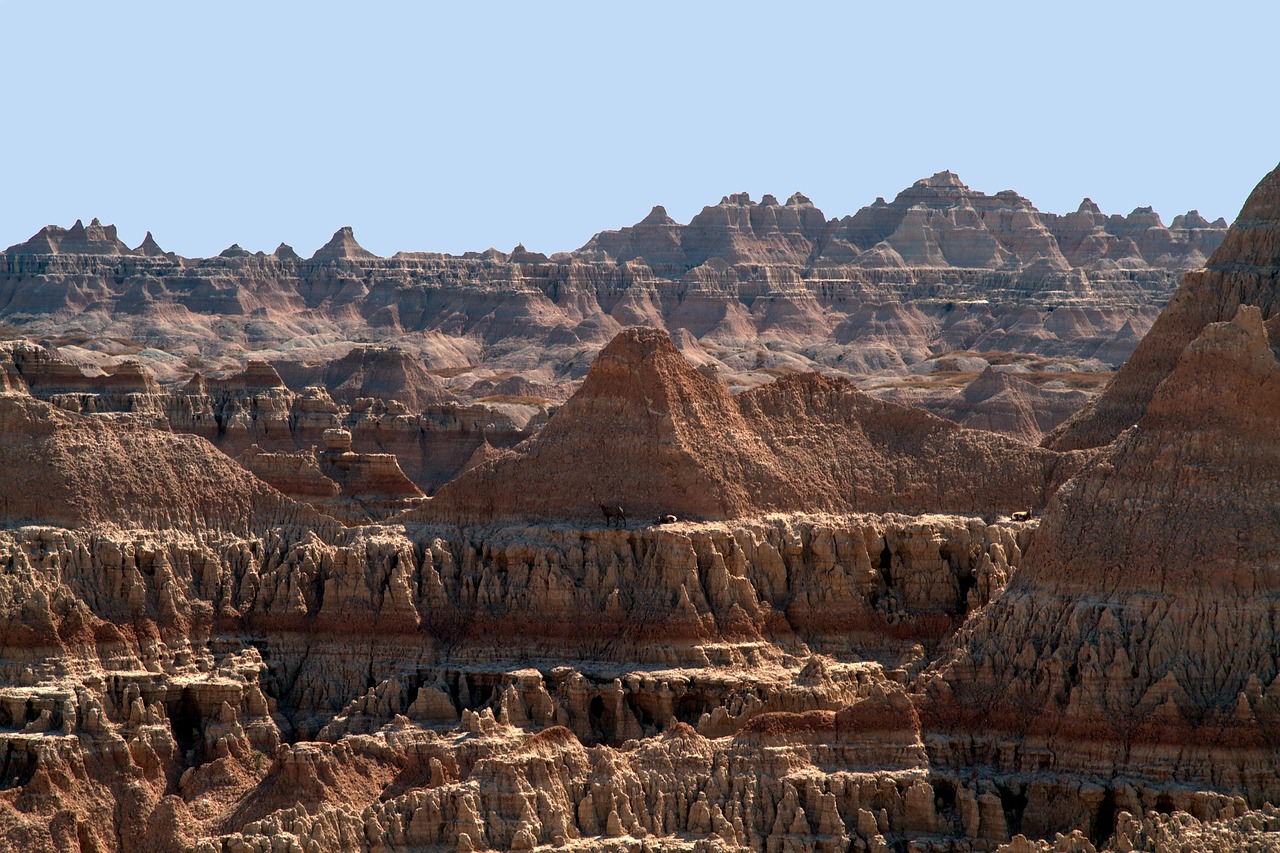
Yearly Climate
Badlands National Park experiences extreme weather shifts. Summers bring highs above 90°F, while winter nights can drop below zero. Spring and fall offer milder temperatures, but sudden weather changes are common. The area sees little rainfall, making it a semi-arid region. Strong winds are frequent throughout the year.
-
Spring (March-May): Cool mornings, breezy afternoons, occasional storms.
-
Summer (June-August): Hot days, dry conditions, peak tourist season.
-
Fall (September-November): Crisp air, vibrant sunsets, fewer crowds.
-
Winter (December-February): Snowfall, subzero nights, quiet solitude.
Best Time of Year to Visit
The best months to visit depend on what experience you seek.
-
Late Spring (May-June): Wildflowers bloom, wildlife is active, and temperatures are comfortable.
-
Early Fall (September-October): Cooler air, clear skies, and stunning golden hues over the prairie.
-
Winter (December-February): A peaceful, snow-dusted landscape with fewer visitors.
-
Summer (July-August): Long daylight hours but expect intense heat and crowds.

In Summary…
Badlands National Park offers an unforgettable adventure. Its dramatic landscapes and diverse wildlife make it a must-visit destination. Whether driving the scenic loop, hiking rugged trails, or watching a fiery sunset over the spires, the park delivers a one-of-a-kind experience. With each season bringing a new perspective, this wild expanse remains a true testament to nature’s artistry.

